Last year over 700 boat owners who have non-trailered boats moored in marinas around Aotearoa…
New PhD researcher joins the Toolbox Team – welcome Kyle Hilliam!
I am a marine ecologist specialising in marine biosecurity. I grew up in Orewa on the Hibiscus Coast in the north of the Auckland region, which fostered my care for New Zealand’s native species, particularly within the marine environment. I studied a BSc in biological and marine science, followed by a postgraduate diploma in biosecurity and conservation at the University of Auckland.
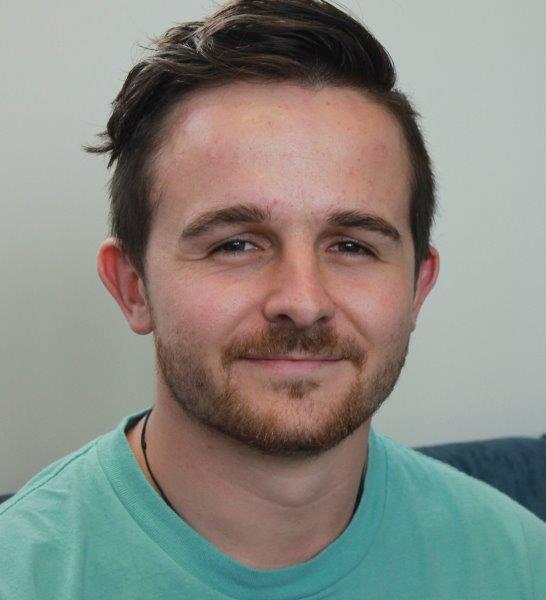
My master’s thesis, also at the University of Auckland, focused on the continued invasion of northern New Zealand by the Asian paddle crab (Charybdis japonica). Previously I have worked for an ecological consulting company during my studies, gathering data for watercourse assessments within Auckland. Preceding and during my master’s, I was in the environmental monitoring team (RIMU) at Auckland Council, undertaking vegetation surveys, freshwater/marine water quality monitoring and benthic marine ecology surveys.
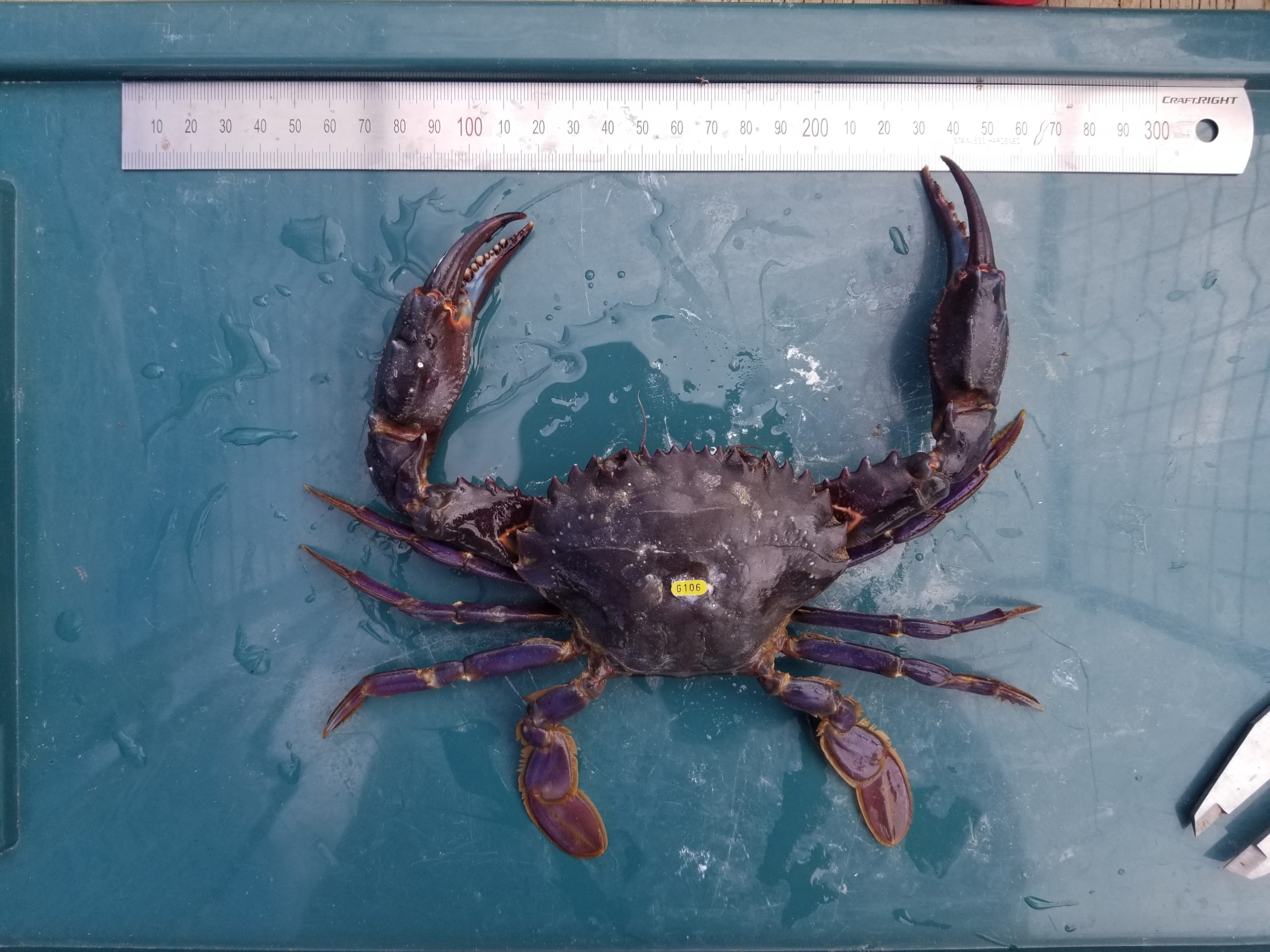
Charybdis japonica, the Asian paddle crab that is invasive in northern New Zealand.
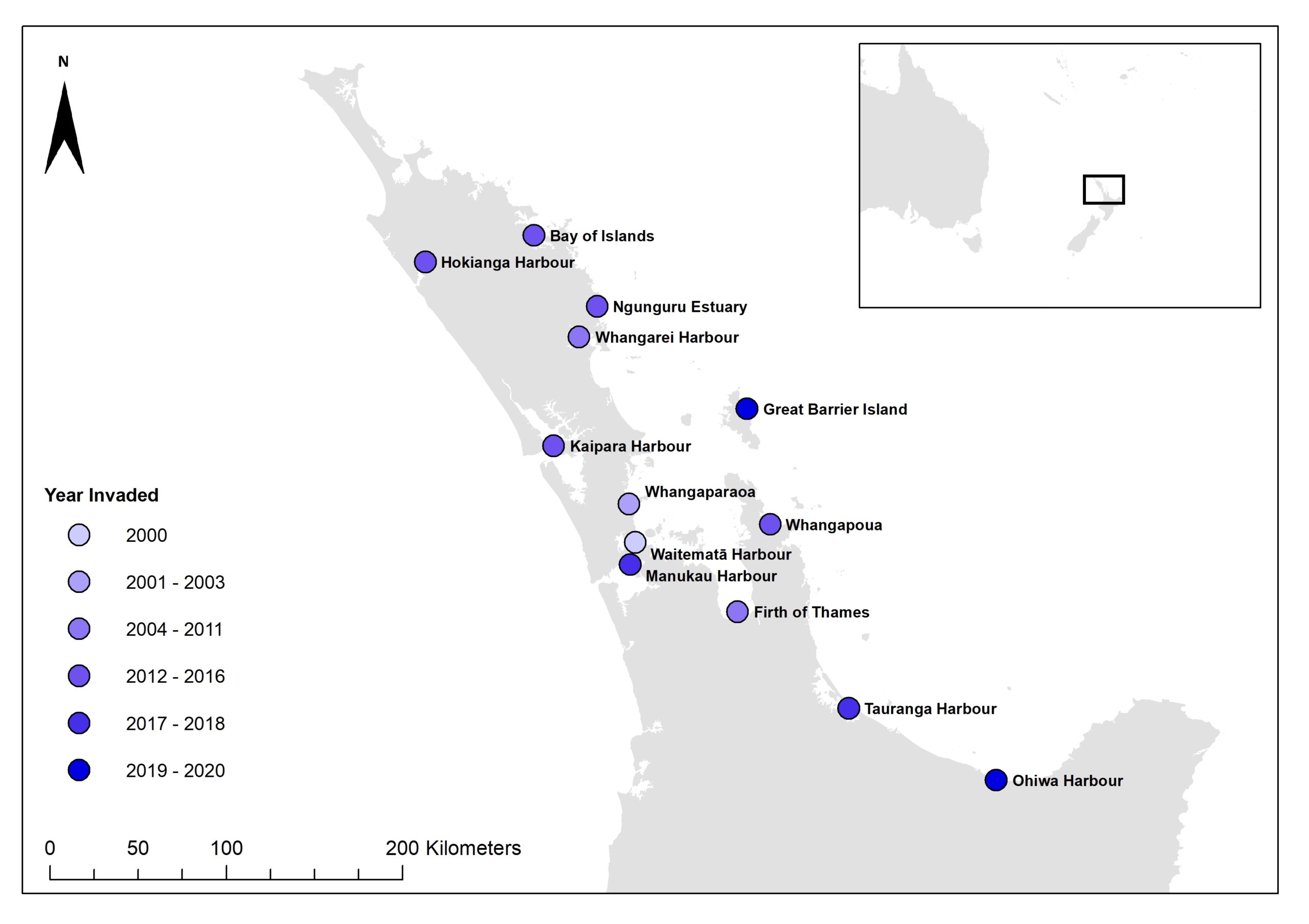
Charybdis’ history of spread around northern New Zealand.
My PhD research falls under the MANAGE & RESPOND research theme. New Zealand’s maritime transport network is a highly dynamic system that connects many coastal regions through vessels, equipment, and/or infrastructure. To manage biosecurity risks efficiently and effectively, it is important to understand the dynamics of this transport system. Network modelling is a powerful approach for this. Currently, my research has several tentative objectives. Firstly, create a network model for recreational vessels to examine how and where this network can facilitate the spread of invasive species throughout New Zealand’s marine environment. Secondly, examine how natural dispersal can spread invasive species and identify any possible semi-permeable/impermeable barriers using biophysical modelling. Third, to incorporate anthropogenic networks, such as the recreational vessel network or other pathways examined in the MANAGE & RESPOND theme, with natural dispersal to determine optimal management strategies for invasive networks within New Zealand. Finally, fourth, I also plan to examine one part of the invasion process, such as entrainment or establishment, by creating a quantitative mechanistic model.
While my research mainly focuses on developing models for recreational vessel movements, they can be applied to other invasive pathways within or outside the Biosecurity Toolbox programme. I am presently based at Cawthron Institute, engaging in study design and data collection, and will later relocate to Deakin University (Victoria, Australia) to do a lot of my coding and model development in Deakin’s Marine Spatial Ecology and Conservation Lab.
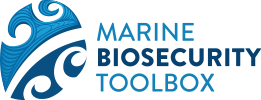
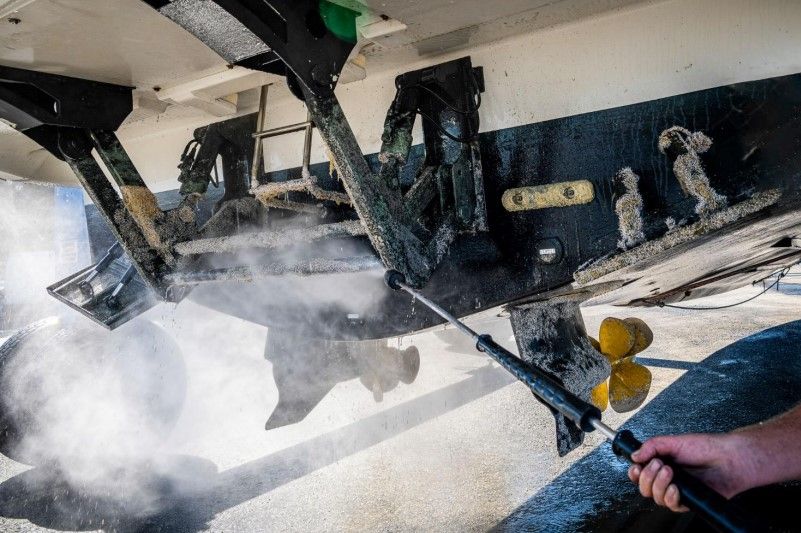
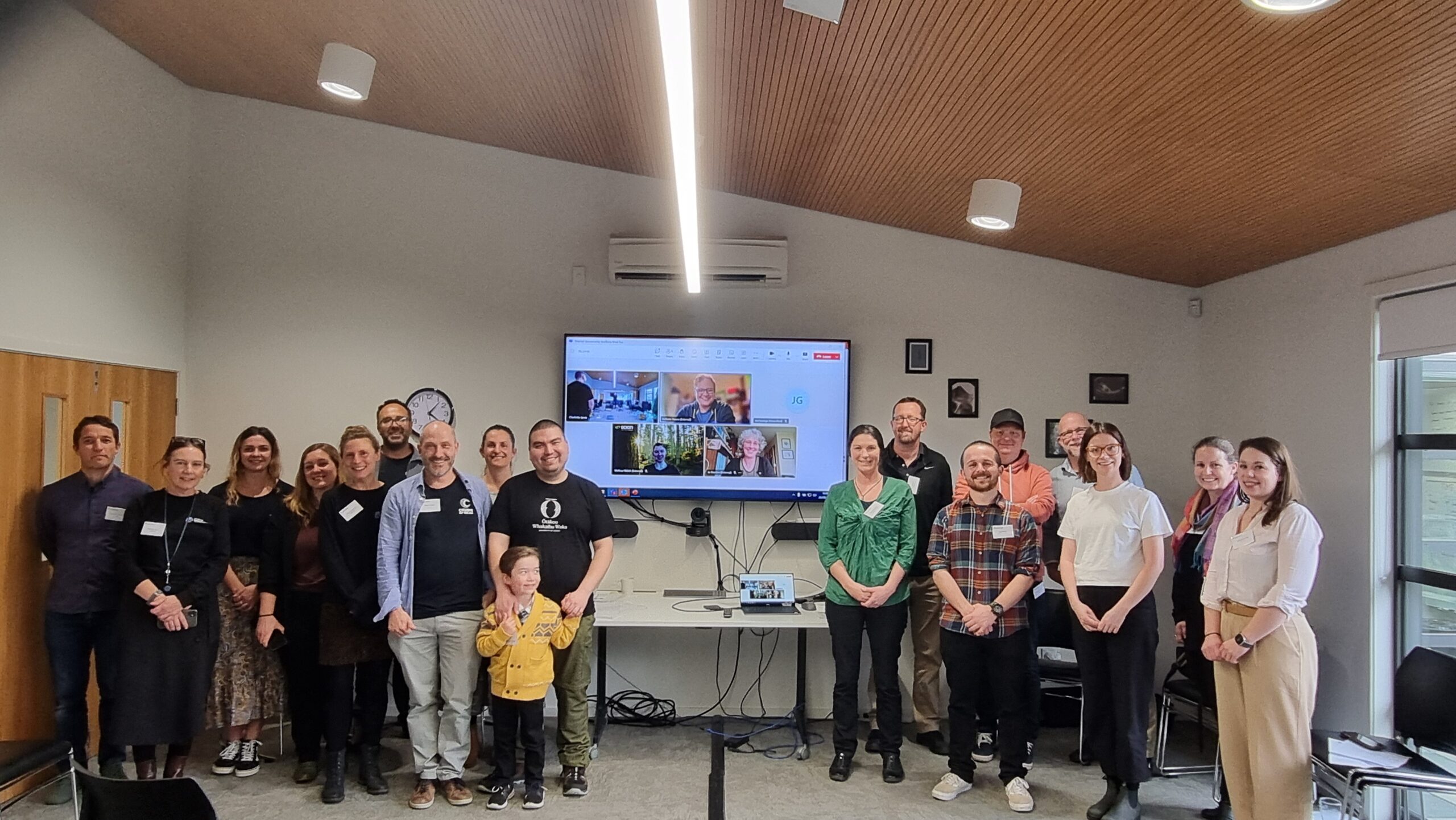
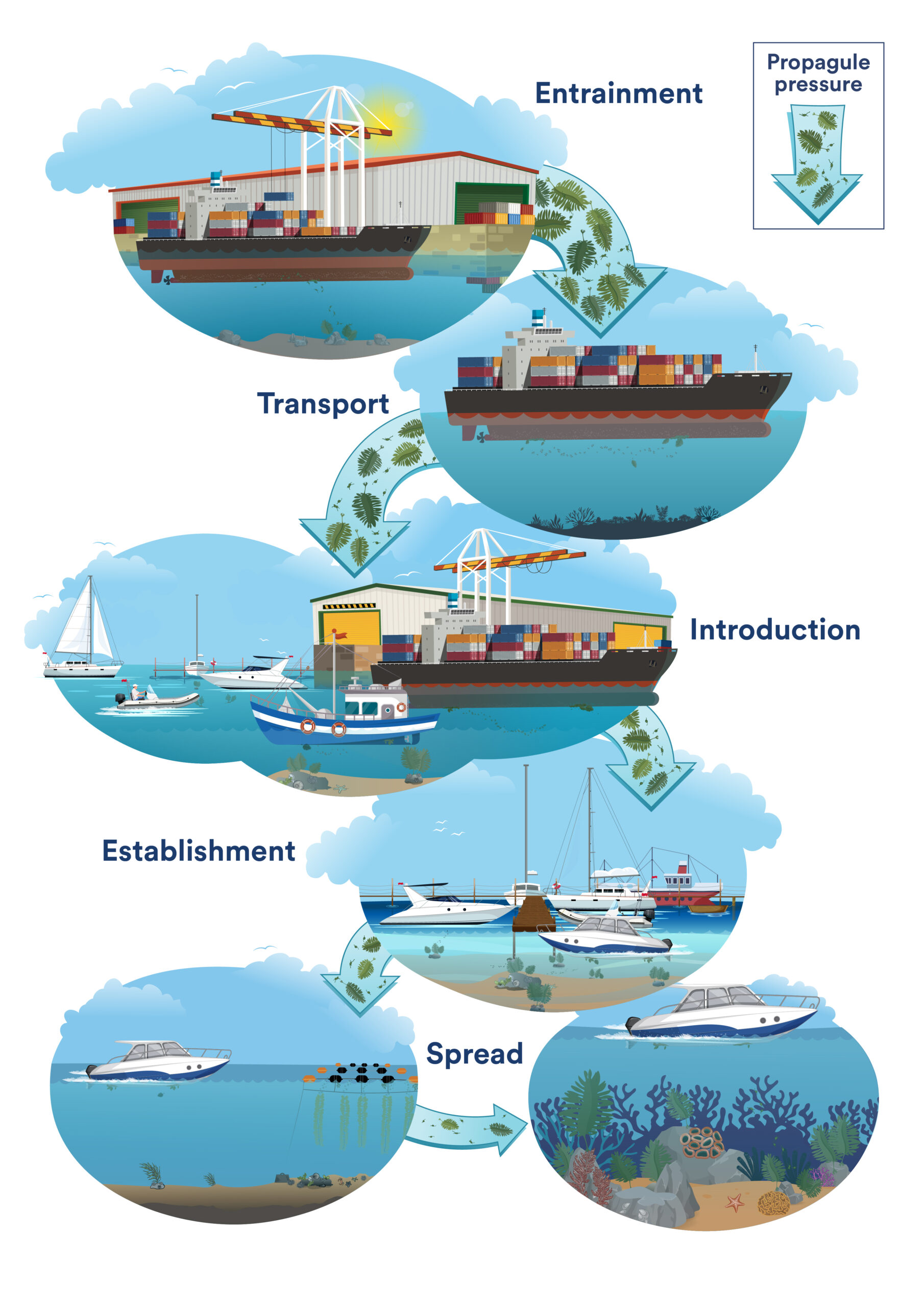
Comments (0)